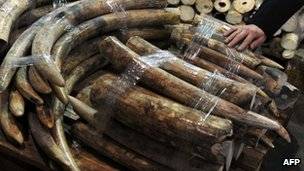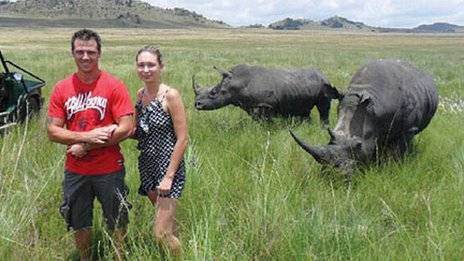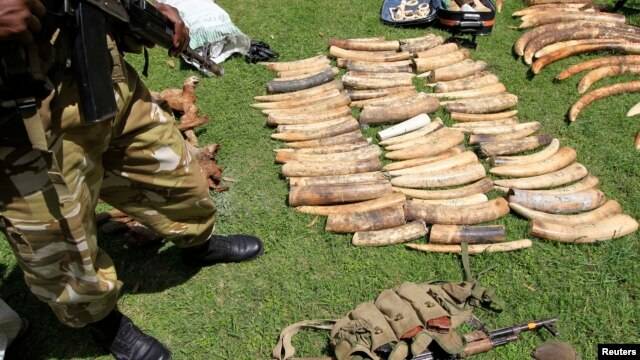Douger
Rookie
- Banned
- #1
Here some of #1's !!! policy at work.
Idiots.One little thing murka would actually be # 1 at( because of technology and infrastructure) but can't because of your masters Big Dick Contest with Fidel.Fidel won. Get over yourselves.
Rare Crocs Once Owned by Fidel Castro Give Birth in Sweden - Hispanically Speaking News
Idiots.One little thing murka would actually be # 1 at( because of technology and infrastructure) but can't because of your masters Big Dick Contest with Fidel.Fidel won. Get over yourselves.
Rare Crocs Once Owned by Fidel Castro Give Birth in Sweden - Hispanically Speaking News






